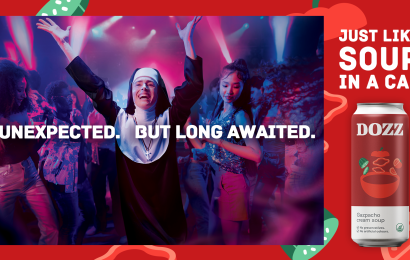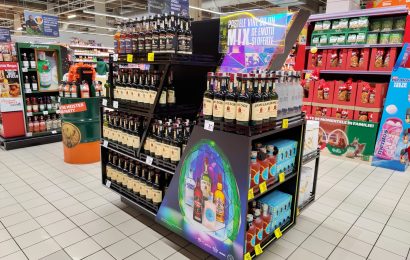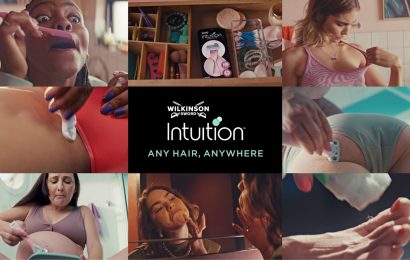Banner Ads vs. Native Ads: How They Are Different
While banner ads are like billboards, native ads tend to be more text-heavy and interest-provoking. Which creative approaches are best suited for these formats?
by Olimpia Norsesovici, Senior Sales Manager at MGID Romania
Both native ads and banners are popular, easy and reliable ways to engage audiences online. However, native ads match the surrounding environment and are perceived as part of the website, whereas banner ads are meant to stand out. A common mistake marketers make is disregarding these nuances and employing the same visuals, copies, and other creative materials for both native and display ad campaigns.
Banner ads: bright, catchy and direct
Banners are fixed-size images; advertisers can put a short sales pitch and call-to-action button on these images, but there are no other distinct components in these ad units except for a visual. This format always uses a direct-selling approach, i.e., ads offer something to buy or sign up for right away. For example, you can showcase and offer your product to potential customers or retarget past website visitors, with special discounts.
When working with this channel, advertisers have to bet high on their visuals; only when an image is visually-pleasing and eye-catching, can it bring clicks. To grab attention, banners have to look sharp, colorful, and well-designed. The headline highlighting an offer should also be short, oversized, and catchy. For maximum performance, it is recommended to include call-to-action buttons featuring non-trivial, action-packed texts, such as ‘book now’, ‘try’, and ‘visit’.

Native ads: unintrusive and narrative
Native ads match the website design and layout, which allows them to receive more user attention and overcome banner blindness. According to the Native Advertising Institute, consumers look at native ads 53% more than they do banners. Furthermore, as IAB Europe Guide to Native Advertising shows, native ads often perform better than traditional formats. Compared to banner ads, native ads deliver click-through rates (CTRs) 8.8x higher and increase purchase intent by 18%.
Each native advertisement consists of a title and a thumbnail image, and sometimes a call-to-action button is added. In most cases, ad creatives are placed in publisher content that is contextually relevant. Therefore, creatives should be compelling, drawing users to click on them; however, they should not mislead consumers or disrupt their online experiences.
In this context, some native advertising platforms have already established a solution that will help keep ad campaigns effective even after Google disables cookies: contextual targeting. Using this solution for native ads, brands can choose what content they want to present or be next to, as well as the publications and environments they want to be associated with.
In a survey run by Content Factory among 1000 U.S. consumers, almost one-third of the surveyed consumers are in support of advertising supporting free content. They just want the ads to be relevant to the content they’re consuming. When brands align their ads with the content people consume, it makes their ads up to 93% more memorable.
With native advertising, marketers can tell their brands’ stories and communicate these narratives how brands want them to be heard. Usually, advertisers create entertaining presale content to help customers discover the benefits or motivate them to try the advertised product. Typically, presale content is seen in the form of an advertorial article, interactive quiz or an advertorial with an interactive twist.
In content-first, soft-selling native campaigns, you should always opt to create a narrative and sometimes an interactive one. Explaining the value of your brand, you can use storytelling in several ways:
- share success stories
- solve a consumer’s problem
- show positive impacts
When aiming for more clicks and conversions, focus on creating unusual experiences for users and make your stories memorable in an emotional way. It also brings higher CTR when you address the reader as “you” and use emotional triggers suitable for your advertising message.
Bottom line
When applying different advertising formats, advertisers should always think about their end goals, i.e., whether they want to make users recall their brand later, revisit products they abandoned in the cart, inspire new audiences to try their product, or engage loyal customers.
Moreover, native advertising could be an additional source of traffic, providing brands access to unique audiences and obtaining higher campaign reach. Native advertising can be employed with banner ads, and there is no reason to choose just one channel. The two can complement each other and your marketing strategy.
These differences in advertising formats also have their effects on sales funnels and creative strategies. A good-performing native campaign extends a user’s reading process and has to have a story wrapped up in some form of entertaining content. Banners, on the other hand, do not try to be a part of the website, but rather they are aimed to catch a visitor’s eye with something striking and pull them away.






